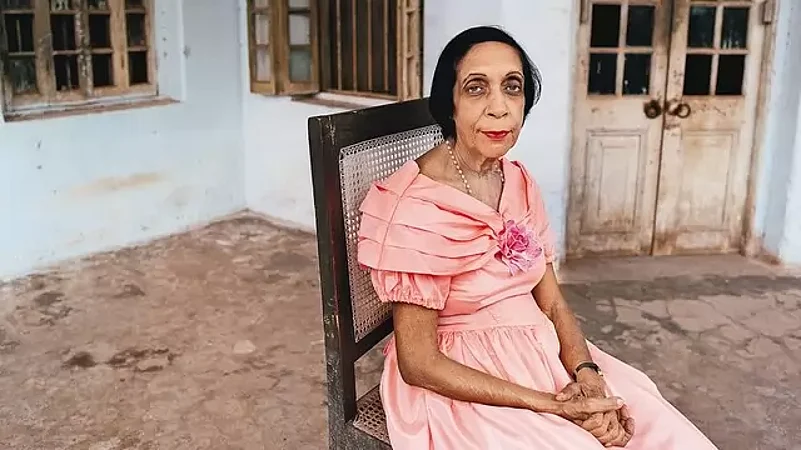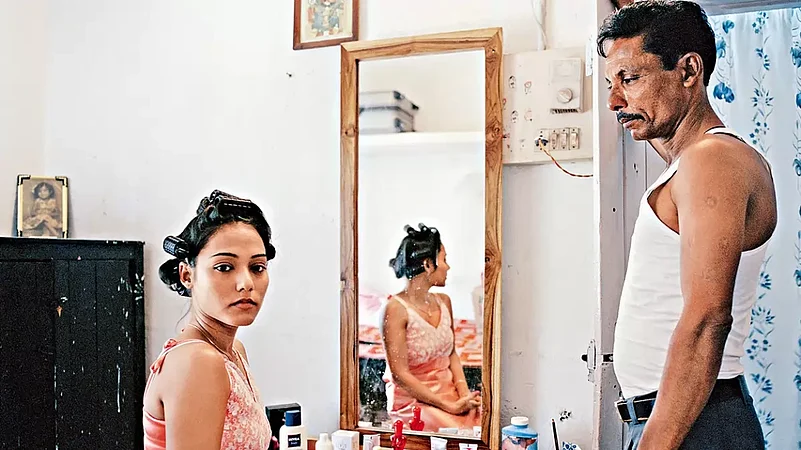My interest in the Anglo-Indian community grew out of my marriage to June Davy in 1992, an Anglo-Indian from Jabalpur. I became a part of her family and the extended community—witnessing births and funerals, christenings and baptisms, celebrating marriages and Christmas, enjoying country music and the Jive and savouring Anglo-Indian cuisine.
Over the years, I observed a certain dichotomy within the community. There were Anglo-Indians who married into other communities and assimilated with the mainstream of Indian society. Some others continued to follow their traditions in relative isolation.

The term ‘Anglo-Indians’ came to define people of mixed descent combining Indian and British or European ancestry. Their forebearers immigrated to India in service of the British East India Company and the community came into existence as a result of intermarriages between British and European men and local women.
In the 500 years of their existence, the Anglo-Indians developed their own lifestyle and cultural traditions distinct from other Indians. The Anglo-Indian identity came into itself – the language, the dress, the food, the accent, the mannerisms and the homes that preserved English and European aesthetics.

A vast majority of Anglo-Indians left India for England, Australia and Canada in the lead-up to and immediately following the partition in India in 1947. A few migrate every year even today. These combined with inter-marriages and rapid westernisation of Indian society–point to a fair degree of assimilation of the Anglo-Indian society into the Indian mainstream.
I travelled across India for over two years (2004-2006) making portraits of people from different walks of life–railwaymen, tea planters, models, performers, educationists, business professionals, writers, farmers and students. My journeys took me to Jabalpur, Bhusawal, Dehradun, Mussoorie, Kolar Gold Fields, Whitefield, Darjeeling, Dooars, Jharsaguda, Khurda Road, Chakradharpur, Agra, Jhansi, Santraganchi, Pune, Lonavla, Lucknow, Allahabad, Bilaspur, Pondicherry, the Nilgiris, Fort Cochin, Thangaserri, Vypeen and other Indian metros.

These portraits attempt to probe the dichotomy, the assimilation and the inherent flux within the community.
Dileep Prakash is a self-taught photographer who studied history, and has been photographing since the 1980s
















